Market Trends
Key Emerging Trends in the Contactless Smart Card Market
The contactless smart card industry has enjoyed sustained growth, primarily inspired by the growing demand for secure and convenient payment systems. Alongside the rise in trend of touchless transactions, the market is facing tremendous shifts in patterns. Another unscramble behind this wave definitely is the high level of awareness and health emphasis after global health issues. Contactless smart cards as a cashless alternative, eliminate the need for contact, thus reducing the likelihood of infection and catering to the changing habits of customers.
In addition, the wide spread of smart innovations in various businesses has resulted into the adoption of contactless smart cards. The inclusion of these cards in the transport system, access control, the Passenger check processes has extended their functionality from traditional payments methods. This adaptability greatly aided in propelling market evolution for the companies that are looking for imaginative and efficient solutions to enhance customer experience and operational efficiency.
The banking and money industry has moved as the key engine powering the contactless smart card market. The fact that more and more monetary institutions have provided contactless cards to their customers indicates a persistent and easy payment experience. The cards like these, along with the added security improvised through the latest encryption technology, have created a flood in their popularity among customers. This pattern will probably continue as the financial industry looks forward to digitalization and modernization of its payment systems.
Another key supporter of the contactless smart card market trends is the presence of the retail area. Retailers and organizations are adopting contactless installment platforms to meet the preferences of informed and time-driven shoppers. Contactless transactions speed up the payment cycle and reduce queuing times which, in the long run, increase customer’s loyalty. This, in turn, has led to the wide acceptance of contactless payments, and more and more businesses realize the significance of staying in the forefront of the quickly growing digital space.
In addition, the introduction of trend set innovations like Near Field Communication (NFC) cards made a significant contribution in shaping the contactless smart card industry. NFC enables secure and productive communication of devices in closeness to each other, which works with fast and reliable contactless transactions. The integration of NFC technology into smartphones and wearable devices has as well broadened the area of contactless payments, thereby enabling users to transact with their phones.

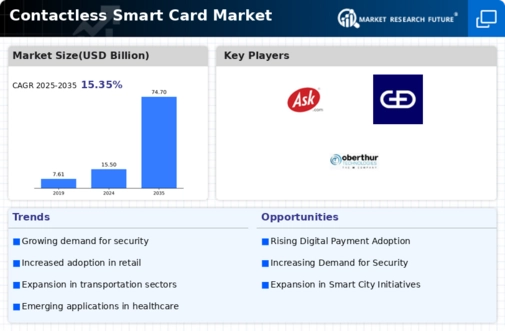
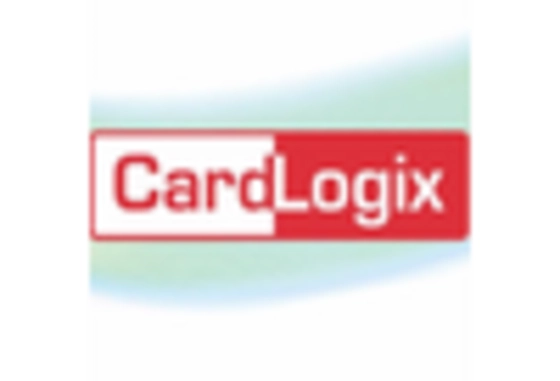

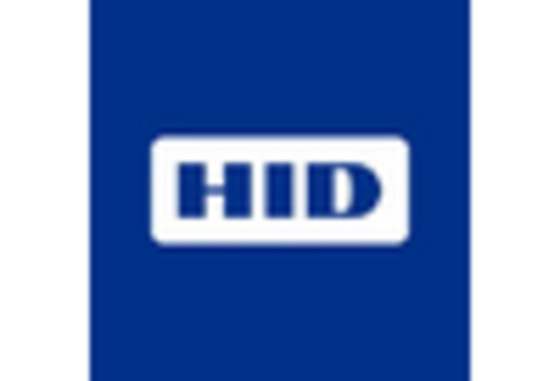
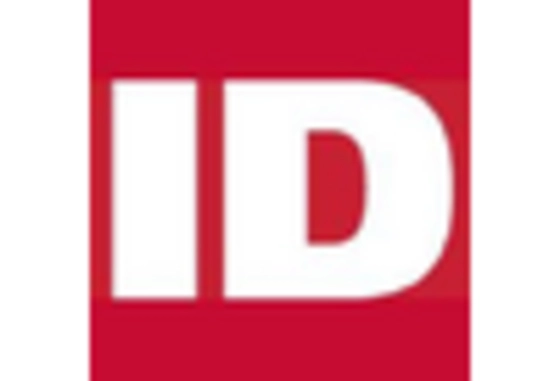
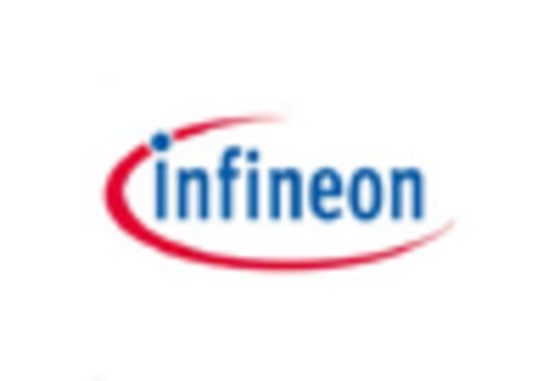

Leave a Comment